I was speaking to a dairy discussion group recently, where a high proportion of those in attendance had stopped vaccinating for BVD. The reasons the farmers gave for ceasing to vaccinate for BVD was that they have never had a persistently infected (PI) animal on their farm, they have good biosecurity measures in place and they want to reduce costs.
BVD is a highly infectious viral disease causing fertility problems, scour, poor thrive, muscle problems and can lead to death. PI animals shed the virus. When a pregnant cow comes into contact with a PI between 30 and 120 days of pregnancy, then the calf she is carrying will become a PI.
To have a PI calf, the cow must either be a PI herself, or be transiently infected during that stage of pregnancy. Pregnant cows could be tested negative for BVD, but could still be carrying a PI calf. These are called trojan cows.
Every calf born in Ireland since 2013 has been tissue-sampled to test for the disease. Calves found to be PI cannot be sold, but disposal is not mandatory either. Therefore, some PI animals are still on farms. Last week, there were 194 PI animals on 142 Irish farms. One of these animals was more than five weeks old.
After a PI calf is discovered, an investigation must be carried out by a vet. This investigation involves blood testing the dam and the calf. Herds with PI calves older than five weeks are automatically restricted until the PI animal is slaughtered. Farmers with PI dairy calves are compensated with €150 per calf if the animal is removed within three weeks of the test result. Farmers get €185 if beef calves are removed within three weeks of the positive test result.
Vaccinating a herd for BVD gives it immunity to the disease. If a naïve animal (no immunity) comes in contact with an infected animal, that animal is at risk of getting sick from BVD. If the animal is pregnant and between days 30 and 120 of pregnancy the calf may become a PI or a carrier of the disease.
Animals can also get immunity from contact with infected animals. From this contact, they can develop antibodies to fight the disease.
The number of PI animals in Ireland is decreasing. There were 9,485 herds with PI animals born in 2013 while there were 1,594 herds with PI animals born in 2017. This is likely to mean that more herds are becoming naïve, because they are not exposed to the disease. So vaccination will help them to build up immunity.
But the farmers in that discussion group who had stopped vaccinating said that the chances of their herd coming in contact with a PI animal was extremely low. Animal Health Ireland issues a map of Ireland, detailing where all the live PI animals are in the country. Furthermore, the Department of Agriculture send letters out to neighbouring farmers of herds that are restricted because they have retained a PI animal.
The farmers feel that they have themselves well covered from getting an outbreak of BVD, and at around €3 per shot, they are saving themselves a good bit of money. But are there other risks?
Neighbour’s farm
While the farmer can control what is happening inside his or her farm, they have no control over what their neighbour does. For me, this is the big risk. If your herd is naïve and if a neighbour retains a PI calf, and one of your animals comes in contact with it, then your herd is at risk.
The other risk is that a trojan cow is purchased by either yourself or your neighbour. This animal might not be a PI, but her calf could be. And if this PI calf mixes with naïve animals, the disease could spread.
Whether vaccinating or not, employing good biosecurity protocols will help to limit the spread of BVD and other diseases. Restricting contact with your neighbour’s cattle, not buying animals at a mart, screening animals prior to purchase and keeping them in quarantine after purchase are all good biosecurity practices.
So these are the risks. Whether to continue vaccinating is up to an individual farmer and his or her vet. The question is whether the cost of the vaccine is worthwhile, given the low risk (for some farmers) of being exposed to a PI animal. Really, it’s a game of chance and risk.
The chances of your herd coming in contact with a naïve animal is less than it was, but the consequences of that contact could be worse than it previously was when herds had more exposure to the disease.
There have been five full years of compulsory testing for BVD but there are still 194 BVD positive animals in the country at the moment.Some farmers have decided that the cost of the vaccine outweighs the risk of contacting the disease.In the event of an outbreak, the effects of the disease are likely to be worse in a naïve herd with no immunity. Excellent biosecurity measures should be in place for herd owners who are considering not vaccinating.
I was speaking to a dairy discussion group recently, where a high proportion of those in attendance had stopped vaccinating for BVD. The reasons the farmers gave for ceasing to vaccinate for BVD was that they have never had a persistently infected (PI) animal on their farm, they have good biosecurity measures in place and they want to reduce costs.
BVD is a highly infectious viral disease causing fertility problems, scour, poor thrive, muscle problems and can lead to death. PI animals shed the virus. When a pregnant cow comes into contact with a PI between 30 and 120 days of pregnancy, then the calf she is carrying will become a PI.
To have a PI calf, the cow must either be a PI herself, or be transiently infected during that stage of pregnancy. Pregnant cows could be tested negative for BVD, but could still be carrying a PI calf. These are called trojan cows.
Every calf born in Ireland since 2013 has been tissue-sampled to test for the disease. Calves found to be PI cannot be sold, but disposal is not mandatory either. Therefore, some PI animals are still on farms. Last week, there were 194 PI animals on 142 Irish farms. One of these animals was more than five weeks old.
After a PI calf is discovered, an investigation must be carried out by a vet. This investigation involves blood testing the dam and the calf. Herds with PI calves older than five weeks are automatically restricted until the PI animal is slaughtered. Farmers with PI dairy calves are compensated with €150 per calf if the animal is removed within three weeks of the test result. Farmers get €185 if beef calves are removed within three weeks of the positive test result.
Vaccinating a herd for BVD gives it immunity to the disease. If a naïve animal (no immunity) comes in contact with an infected animal, that animal is at risk of getting sick from BVD. If the animal is pregnant and between days 30 and 120 of pregnancy the calf may become a PI or a carrier of the disease.
Animals can also get immunity from contact with infected animals. From this contact, they can develop antibodies to fight the disease.
The number of PI animals in Ireland is decreasing. There were 9,485 herds with PI animals born in 2013 while there were 1,594 herds with PI animals born in 2017. This is likely to mean that more herds are becoming naïve, because they are not exposed to the disease. So vaccination will help them to build up immunity.
But the farmers in that discussion group who had stopped vaccinating said that the chances of their herd coming in contact with a PI animal was extremely low. Animal Health Ireland issues a map of Ireland, detailing where all the live PI animals are in the country. Furthermore, the Department of Agriculture send letters out to neighbouring farmers of herds that are restricted because they have retained a PI animal.
The farmers feel that they have themselves well covered from getting an outbreak of BVD, and at around €3 per shot, they are saving themselves a good bit of money. But are there other risks?
Neighbour’s farm
While the farmer can control what is happening inside his or her farm, they have no control over what their neighbour does. For me, this is the big risk. If your herd is naïve and if a neighbour retains a PI calf, and one of your animals comes in contact with it, then your herd is at risk.
The other risk is that a trojan cow is purchased by either yourself or your neighbour. This animal might not be a PI, but her calf could be. And if this PI calf mixes with naïve animals, the disease could spread.
Whether vaccinating or not, employing good biosecurity protocols will help to limit the spread of BVD and other diseases. Restricting contact with your neighbour’s cattle, not buying animals at a mart, screening animals prior to purchase and keeping them in quarantine after purchase are all good biosecurity practices.
So these are the risks. Whether to continue vaccinating is up to an individual farmer and his or her vet. The question is whether the cost of the vaccine is worthwhile, given the low risk (for some farmers) of being exposed to a PI animal. Really, it’s a game of chance and risk.
The chances of your herd coming in contact with a naïve animal is less than it was, but the consequences of that contact could be worse than it previously was when herds had more exposure to the disease.
There have been five full years of compulsory testing for BVD but there are still 194 BVD positive animals in the country at the moment.Some farmers have decided that the cost of the vaccine outweighs the risk of contacting the disease.In the event of an outbreak, the effects of the disease are likely to be worse in a naïve herd with no immunity. Excellent biosecurity measures should be in place for herd owners who are considering not vaccinating. 



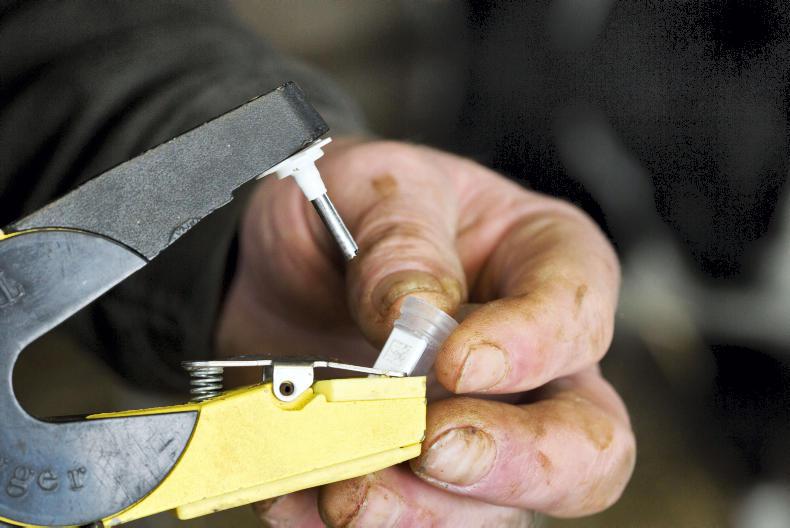
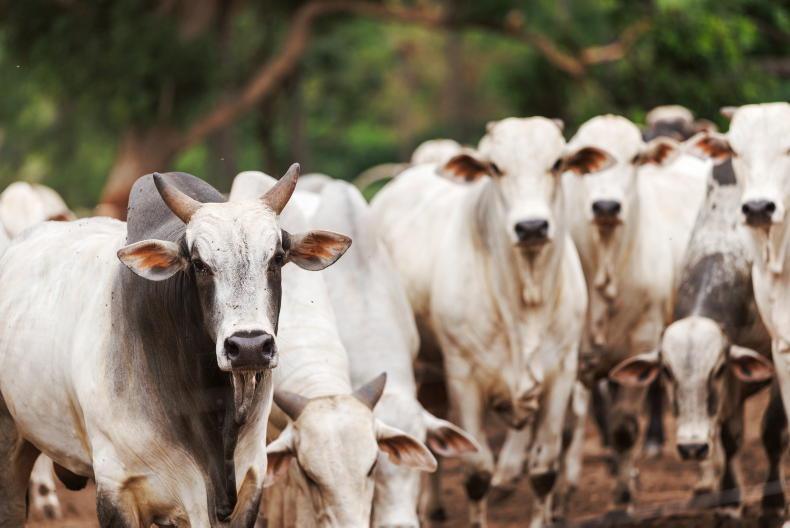

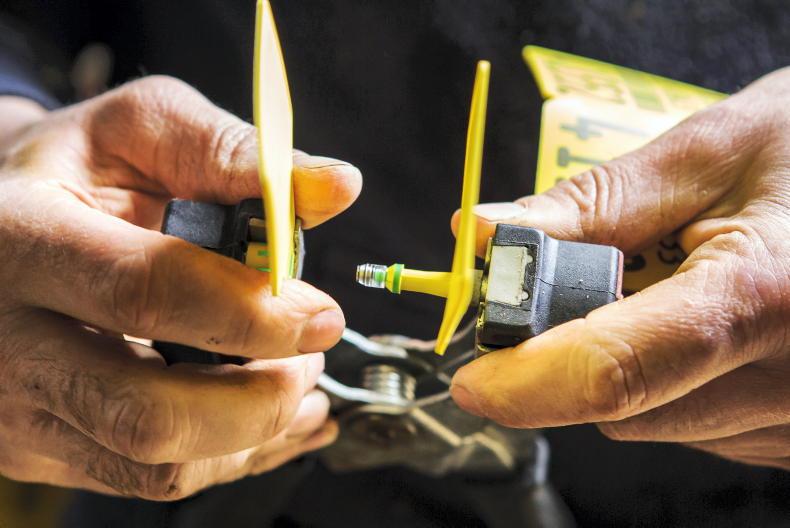
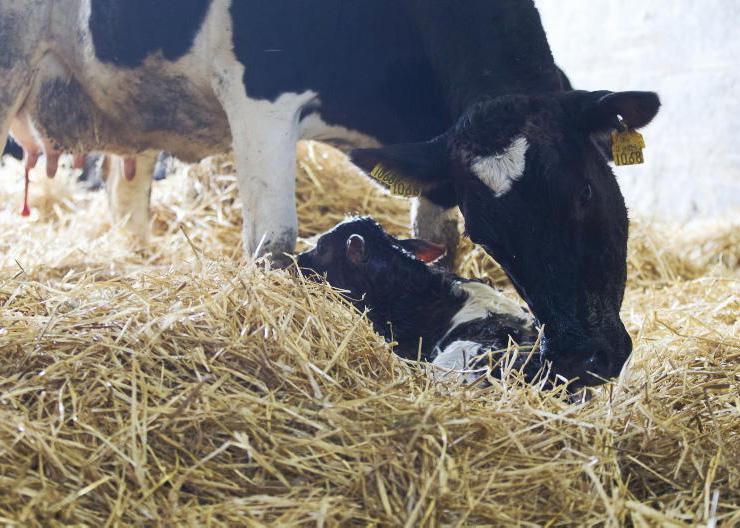
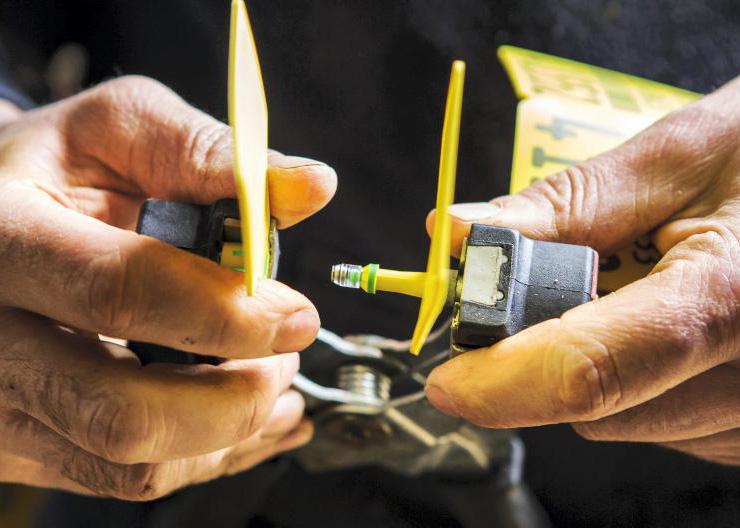
SHARING OPTIONS